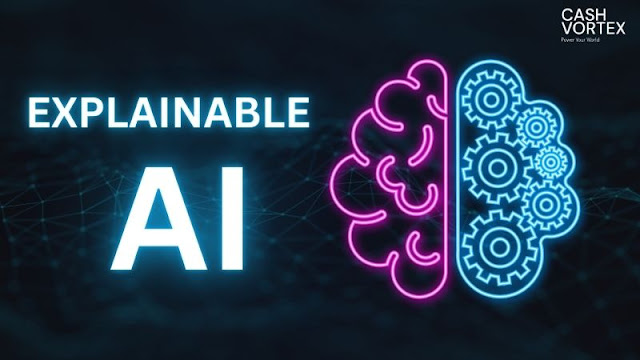Artificial Intelligence (AI) has made significant strides in recent years, powering technologies that impact our daily lives in profound ways. However, one aspect that has raised concerns and challenges is the "black-box" nature of some AI models. Enter Explainable AI, a critical advancement that seeks to demystify the decision-making processes of AI systems. In this article, we delve into the concept of Explainable AI, its importance, and how it bridges the gap between human understanding and machine decision-making.
1. Understanding Explainable AI
Explainable AI, often abbreviated as XAI, refers to the development of AI models and techniques that can provide human-readable explanations for their decisions and predictions. It aims to make AI algorithms transparent and interpretable, helping users, stakeholders, and even AI developers understand why a particular decision was made by the AI system.
2. The Importance of Explainable AI
Explainable AI is essential for several reasons, including:
- Transparency and Accountability: By understanding how AI models arrive at decisions, it becomes easier to assess their fairness, identify biases, and ensure accountability for their actions.
- Ethical AI Deployment: Explainable AI aids in adhering to ethical standards by enabling scrutiny of AI models and ensuring they align with human values and principles.
- Building Trust: Transparent AI systems build trust with users and stakeholders, making AI adoption more acceptable and fostering greater confidence in the technology.
3. Techniques for Explainable AI
Several techniques and approaches have been developed to achieve Explainable AI, including:
- Feature Visualization: Visualizing the input features and their impact on model decisions can provide insights into how the model processes information.
- Local Explanations: Local explanation methods focus on explaining individual predictions, making it easier to understand specific AI decisions.
- Rule-Based Models: Rule-based models generate interpretable rules to make predictions, giving human-readable explanations for model decisions.
- Layer-Wise Relevance Propagation: This technique attributes importance to each input feature based on its relevance to the model's output, providing insights into the decision-making process.
4. Use Cases of Explainable AI
Explainable AI finds application in various domains, such as:
- Healthcare: In medical diagnosis, explainable AI can help doctors understand the rationale behind AI-generated diagnoses and treatment recommendations.
- Finance: Explainable AI is vital in fraud detection and credit scoring, ensuring that decisions affecting individuals' financial well-being are transparent and fair.
- Autonomous Vehicles: For safe deployment of self-driving cars, it is crucial to explain the reasons behind the vehicle's actions to passengers and pedestrians.
5. Challenges in Explainable AI
While Explainable AI is a significant advancement, it also faces challenges:
- Model Complexity: As AI models become more complex, providing explanations for their decisions becomes more challenging.
- Trade-Offs: Balancing model accuracy and interpretability is a trade-off that requires careful consideration in real-world applications.
- Interpreting Deep Learning Models: Interpreting complex deep learning models remains an open research area due to their non-linear nature.
Conclusion
Explainable AI plays a pivotal role in making AI more transparent, interpretable, and accountable. By providing human-readable explanations for AI decisions, Explainable AI enhances trust, facilitates ethical AI deployment, and promotes responsible use of artificial intelligence. As AI continues to advance, striking the right balance between model accuracy and interpretability remains crucial in realizing the full potential of AI while fostering human understanding and control over machine decision-making.


Comments
Post a Comment